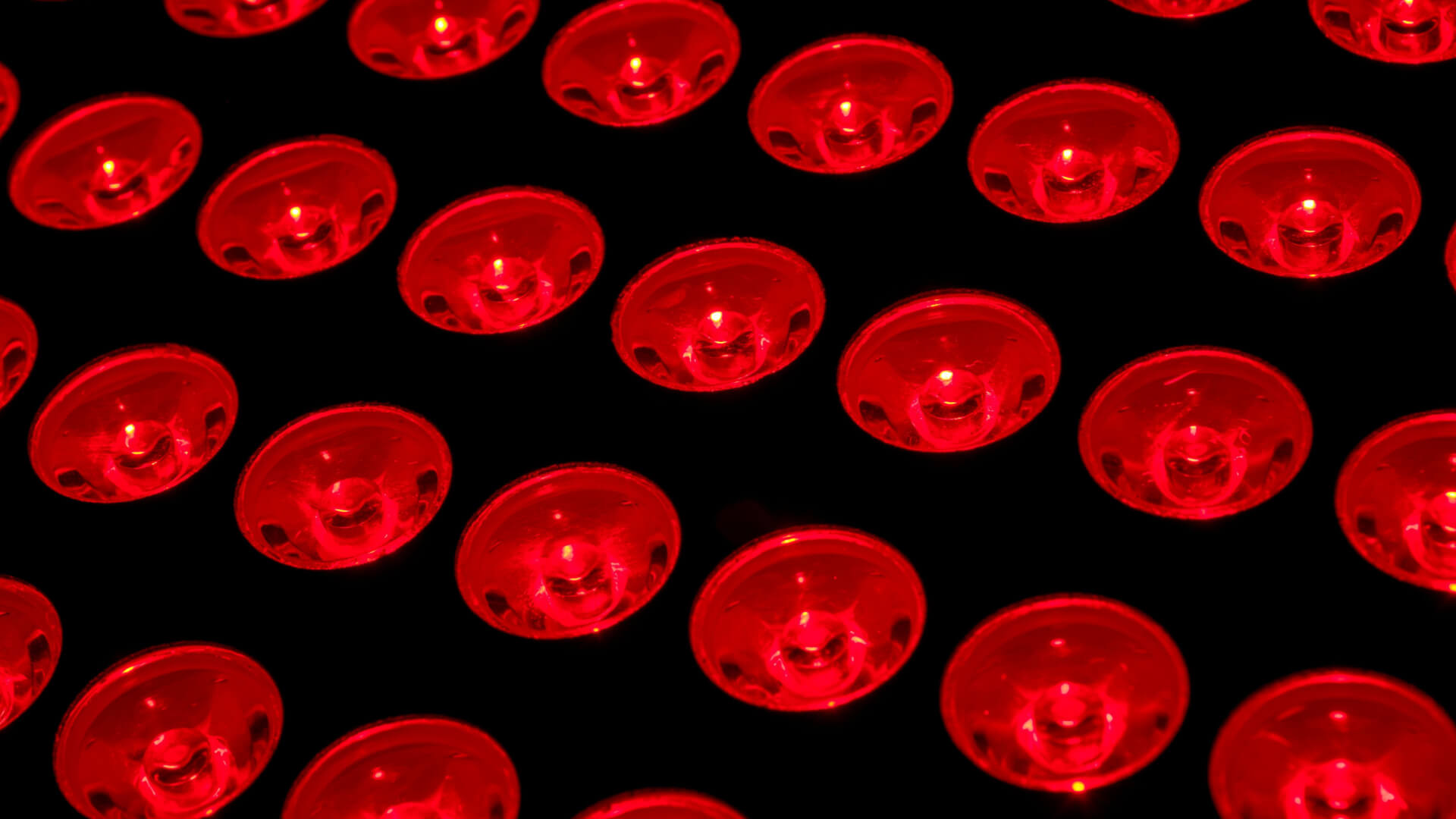May 8, 2024
Light therapy is not new to the practice of medicine. It dates back to 1903, when light therapy was first used in San Hospital in Sydney. As it continues to be used in medicine and studies have increased, we’ve discovered that we can utilize different types of light, such as far infrared and infrared.
When choosing the right technology, these similarly named options must be confusing. While they may sound similar, there are crucial differences that can impact the effectiveness of treatment.
We’ll dive into the key distinctions between far infrared and infrared technology. This is how we’ll explore how Gladiator Therapeutics’ healing devices harness the power of FIR for the best patient outcomes.
Understanding the Difference: Far Infrared vs. Infrared
Infrared light is a type of electromagnetic radiation that falls just outside the visible spectrum. It’s divided into three categories based on wavelength: near-infrared (NIR), mid-infrared (MIR), and far infrared (FIR). FIR light is a type of infrared light. When you use FIR light, you are also using infrared light, but using infrared light doesn’t mean you are using far infrared light.
Far infrared technology focuses specifically on longer wavelengths in the FIR range. This distinction may seem minor, but it has significant implications for penetration depth and the overall effectiveness of therapy and devices using far infrared light.
Penetration Depth: How Far Infrared and Infrared Technology Differ
One of the most important factors separating far infrared technology from other types of infrared technology is the depth of penetration. This refers to how far the light can travel into the body’s tissues, which determines the extent of its therapeutic effects.
Near and mid-infrared technology, with their shorter wavelengths, have a limited penetration depth. They primarily affect the skin’s surface and superficial tissues. While this can be beneficial for certain dermatological applications, it may not be as effective for targeting deeper tissues and organs.
In contrast, far infrared technology utilizes longer wavelengths that can penetrate deeper into the body. FIR light can reach up to 1.5 inches beneath the skin’s surface, allowing it to interact with deeper muscles, joints, and organs. This enhanced penetration depth is a key reason why FIR therapy is a better choice for treating a wide range of conditions, from chronic pain to cardiovascular issues and wound care.
Energy Efficiency: Comparing the Power Consumption of Both Technologies
Another important difference between far infrared technology and other infrared technologies is energy efficiency. Efficient devices can provide longer treatment times and more consistent results without overheating or consuming excessive power.
Infrared technology, due to its shorter wavelengths, often requires more energy to produce the desired therapeutic effects. This can lead to higher power consumption and potentially shorter device lifespans.
Far infrared technology, on the other hand, is inherently more energy-efficient. The longer wavelengths of FIR light require less energy to generate, allowing for a more economical and sustainable operation. This increased efficiency translates to shorter treatment times, more consistent performance, and potentially lower long-term costs for recovery.
Healing Applications: Insights into How Each Technology is Used in Healthcare
Both far infrared and infrared technologies have found applications in various aspects of healthcare. Infrared technology is commonly used in dermatology for skin rejuvenation, wound healing, and acne treatment. It’s also employed in some pain management protocols, particularly for superficial musculoskeletal issues.
Far infrared technology, with its deeper penetration, can treat the same ailments as near and mid-infrared technology while having an even broader range of applications. FIR therapy also helps to manage chronic pain conditions, such as fibromyalgia and arthritis, that other types can’t. It does this by promoting circulation and reducing inflammation in the afflicted areas.
Health Benefits: The Unique Advantages of Far Infrared Technology
While both technologies offer health benefits, far infrared therapy has several unique advantages due to its deeper penetration and systemic effects. These benefits include:
- Enhanced circulation: FIR therapy can promote vasodilation and improve blood flow, which is crucial for healing, nutrient delivery, and waste removal.
- Reduced inflammation: The deep-penetrating warmth of FIR light can help reduce inflammation throughout the body, which is a key factor in many chronic health conditions.
- Pain relief: By targeting deeper tissues and promoting circulation, FIR therapy can provide significant pain relief for a variety of conditions, from muscle strains to neuropathy.
- Detoxification: FIR therapy can stimulate sweating, which helps eliminate toxins and heavy metals from the body, supporting overall health and wellness.
- Improved cardiovascular health: Regular FIR therapy has been shown to improve endothelial function, reduce blood pressure, and support cardiovascular health.
Gladiator Therapeutics’ Healing Devices Can Help Your Healing Process
While far infrared, mid-infrared, and near-infrared technologies all utilize light therapy, their differences may influence the results. Far infrared technology, with its deeper penetration and systemic effects, offers a range of unique health benefits that can be found in Gladiator Therapeutics’ healing devices.
Our patented Gladiator FIR healing devices are designed to provide targeted, deep-penetrating therapy for a variety of conditions, from chronic pain to cardiovascular issues. With Gladiator Therapeutics devices, medical professionals can offer patients the most advanced and effective FIR therapy available, promoting faster healing, better outcomes, and enhanced overall wellness. Contact us today for more information.

